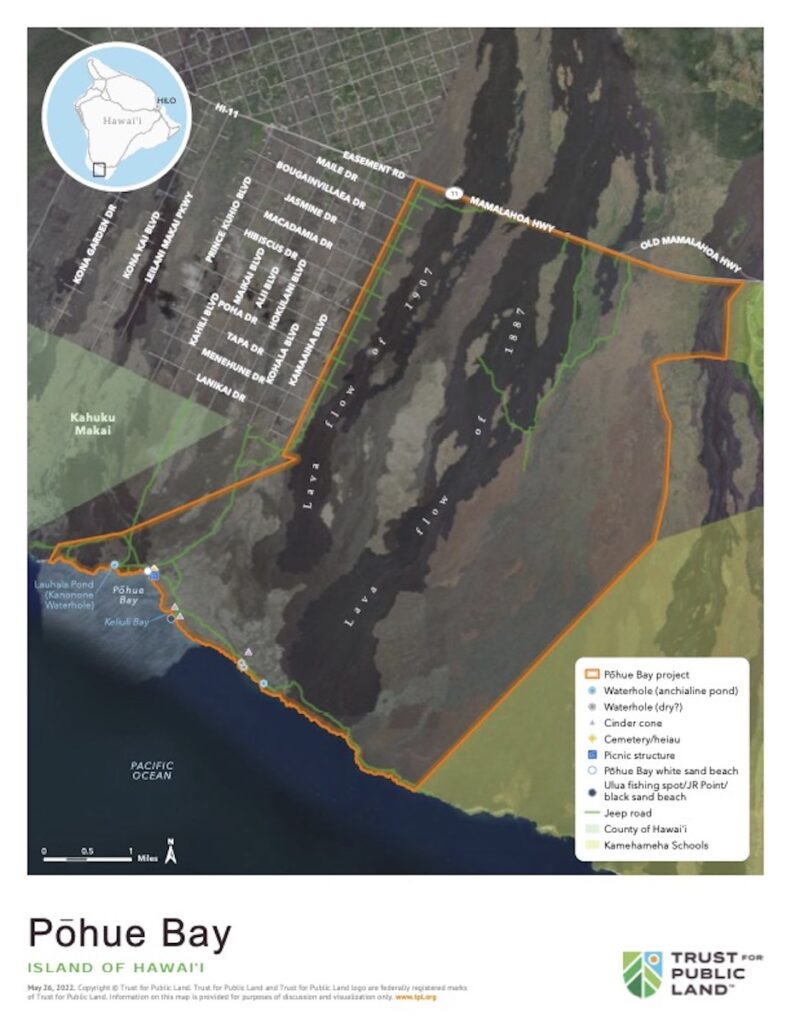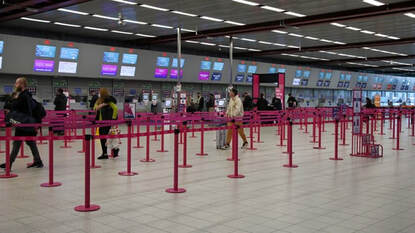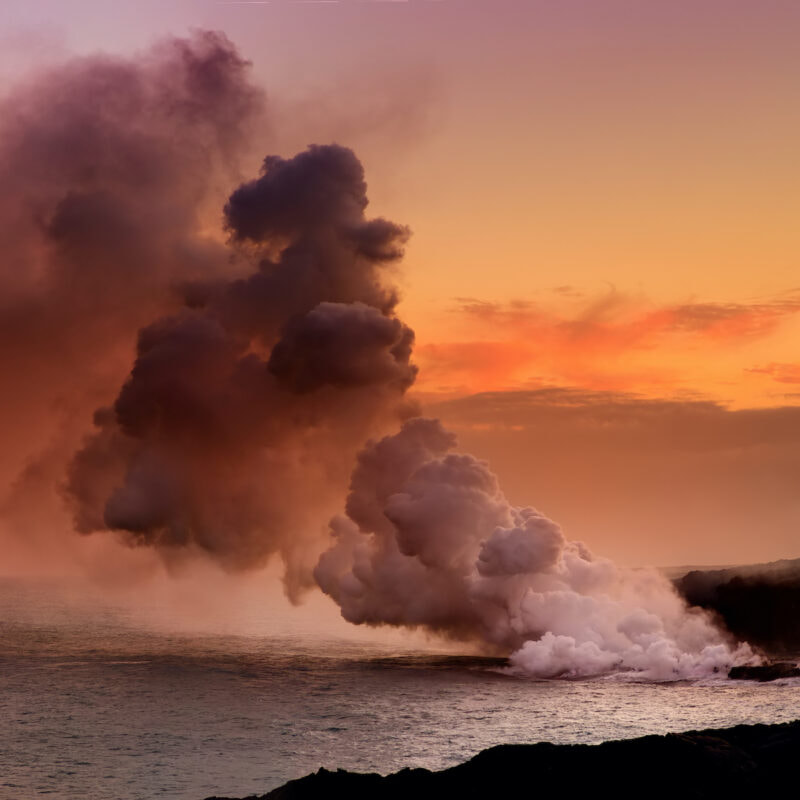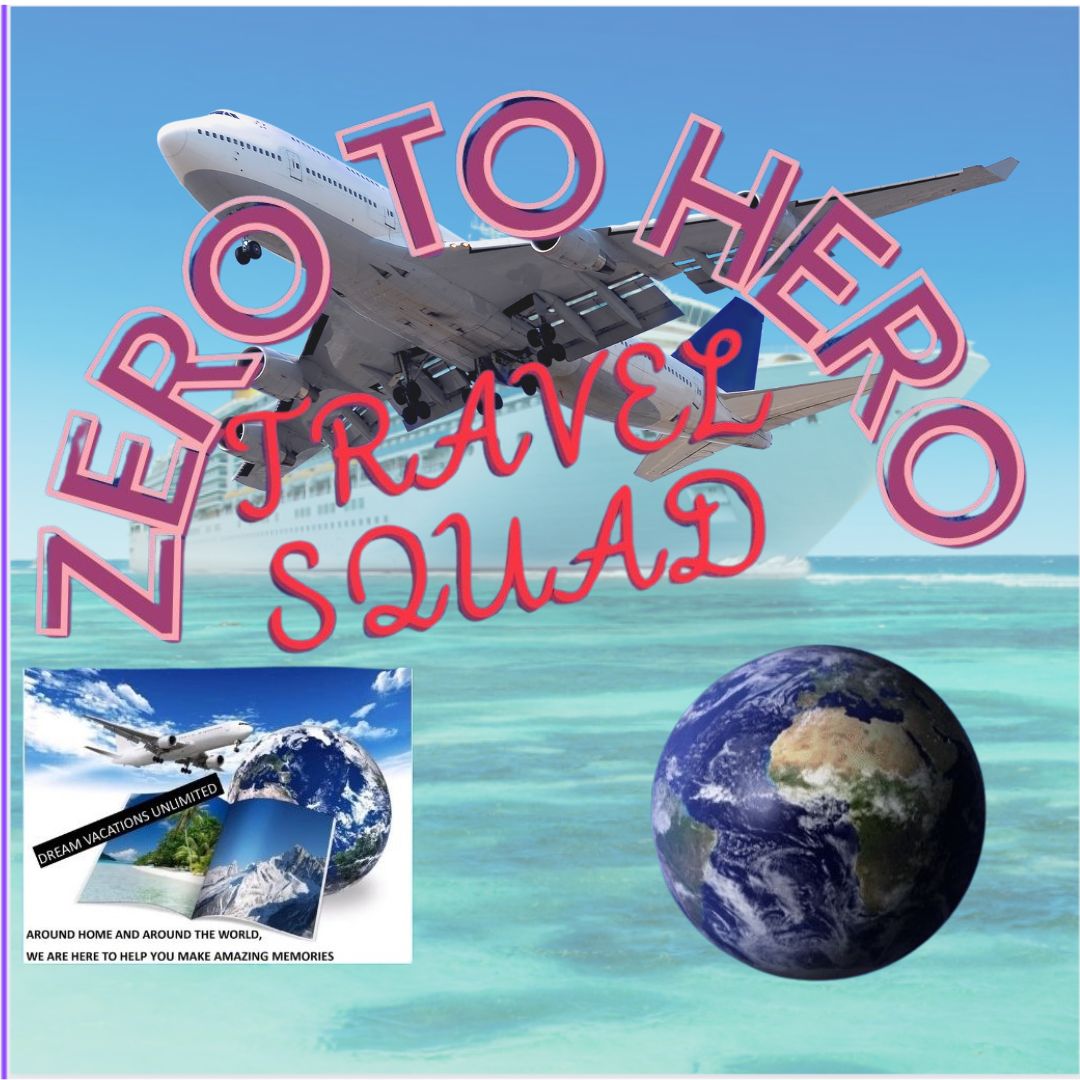 More than 16,000 acres of pristine white sand beach and ocean bay area are now protected thanks to a deal made with Hawaii Volcanoes National Park on the Big Island. This area is home to endangered and endemic species as well as rare, culturally significant Native Hawaiian artifacts. Trust for Public land, a national non-profit land preservation group, purchased Pōhue Bay for more than $9.4 million funded by the Land and Water Conservation Fund and an important donation by the Wyss Foundation. It then transferred its ownership and surrounding land — from Māmalahoa Highway to the shoreline — to the National Park Service so it will be preserved. “Aloha ʻāina begins with our commitment to preserving our islands’ precious natural and cultural systems,” said Lea Hong, associate vice president and Hawaiian Islands state director for Trust for Public Land. “We are grateful the National Park Service will steward the area with the community, ensuring the history, culture and , and natural beauty of this place are protected for future generations.” Pohue Bay Project plan PHOTO CREDIT: TRUST FOR PUBLIC LAND Pōhue BayPōhue Bay is a rare, idyllic oasis in a rugged landscape. It’s the only white sand beach for many tens of miles in the rugged district of Kaʻū on Hawaii Island. Generations of local residents visit to surf, fish, dive, and reconnect with nature and culture. It’s home to endangered hawksbill sea turtles, green sea turtles, endangered Hawaiian monk seals, and other species found only in Hawaii. The area houses anchialine ponds — landlocked pools with a mix of fresh and salt water — where rare Hawaiian red shrimp called ʻōpaeʻula live. The area is also culturally significant because it holds remains of ancient Hawaiian villages, petroglyphs dating from ancient times to the 19th century, a burial site, and the largest known abrader tool quarry in the state, according to the Trust for Public Land. Abraders are ancient tools used for sanding, smoothing, and grinding. A well-preserved portion of the Ala Kahakai National Historic Trail, or Ala Loa, an ancient coastal trail system, hugs the coastline. All of these historic and invaluable cultural resources are now protected for future generations. “Pōhue is an incredibly precious and culturally significant landscape that needs to be protected,” said Hawaii Volcanoes National Park Superintendent Rhonda Loh. We are actively seeking community feedback to get a better understanding of the natural and cultural resources in the area. The park is working to develop an interim operating plan for Pōhue that explores opportunities for public use compatible with resource protection. We thank the community for your patience and for the manaʻo shared so far.” About Trust For Public LandSince 1979, Trust for Public Land has conserved more than 59,000 acres in Hawaii. The immediate priority is conserving lands that enhance trails and parks, protect food, forests, and water, and create opportunities for Hawaiian land stewardship. It works with local residents in safeguarding resources that are special and significant to their communities. Hawaii Volcanoes National Park Hawaii Volcanoes National Park protects some of the most unique geological, biological, and cherished cultural landscapes in the world. Mauna Loa and Kilauea are two of the world’s largest and most active volcanoes. Both are located at Hawaii Volcanoes National Park. Most of the coastline where the bay is located is made of ancient lava flows, black rock, and sea cliffs that dart out into the ocean. Credit: ALLISON GODLOVe – Travel News Allison loves learning about new people and places and always jumps at the chance to take a trip. Whether it's visiting a town in her area or traveling across the country, she's up to explore!
0 Comments
 Vasco Cotovio and Alex Hardie, CNN • Updated 18th July 2022 (CNN) — One of the United Kingdom's largest airports suspended flights on Monday after high temperatures damaged a runway. Temperatures soared up to 37 degrees Celsius (about 99 degrees Fahrenheit) in some parts of the country. London Luton Airport announced the situation via Twitter and updated its status when the airport resumed operations on Monday evening. An "essential runway repair" was required "after high surface temperatures caused a small section to lift," the airport said on Twitter. Full operations resumed just after 6 p.m. in London. Luton Airport's announcement came hours after the Royal Air Force (RAF) paused all flights to and from Brize Norton, its biggest air base, in Oxfordshire after a report from Sky News suggested that the runway had "melted" The UK Ministry of Defence tweeted a statement on flights at Brize Norton on Monday afternoon. "During this period of extreme temperature flight safety remains the RAF's top priority, so aircraft are using alternative airfields in line with a long-established plan. This means there is no impact on RAF operations," the statement said. Meanwhile, both Network Rail and Transport for London (TfL) have advised passengers against travel on Monday and Tuesday, unless for "essential journeys," because of the hot weather. Train speed restrictions have also been introduced to protect railway tracks. On Friday, the UK's Met Office issued its first ever "red" warning for extreme heat for Monday and Tuesday, with temperatures predicted to reach 40 degrees Celsius (104 degrees Fahrenheit) in some parts of the country. The Luton Airport shutdown is the latest incident in a turbulent summer for UK travel that's seen thousands of flights canceled, huge security queues and countless reports of delayed or lost baggage. Last week, Heathrow Airport announced a 100,000 a day passenger cap until September 11 and asked airlines to stop selling tickets for travel this summer as it struggles to deal with high demand and staffing shortages. Top image: Empty check-in desks at London Luton Airport. (Dinendra Haria/SOPA Images/LightRocket/Getty Images) Cruise Ship Travel During COVID-19
|
Butch and Amanda PhillipsAround Home and Around the World, We are here to help you make AMAZING MEMORIES! Archives
April 2023
Categories |
|
 RSS Feed
RSS Feed

